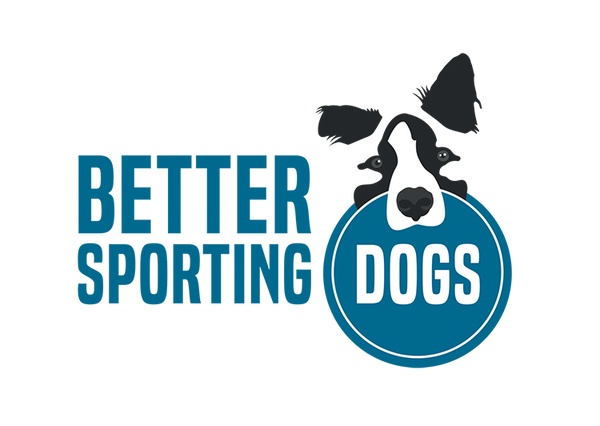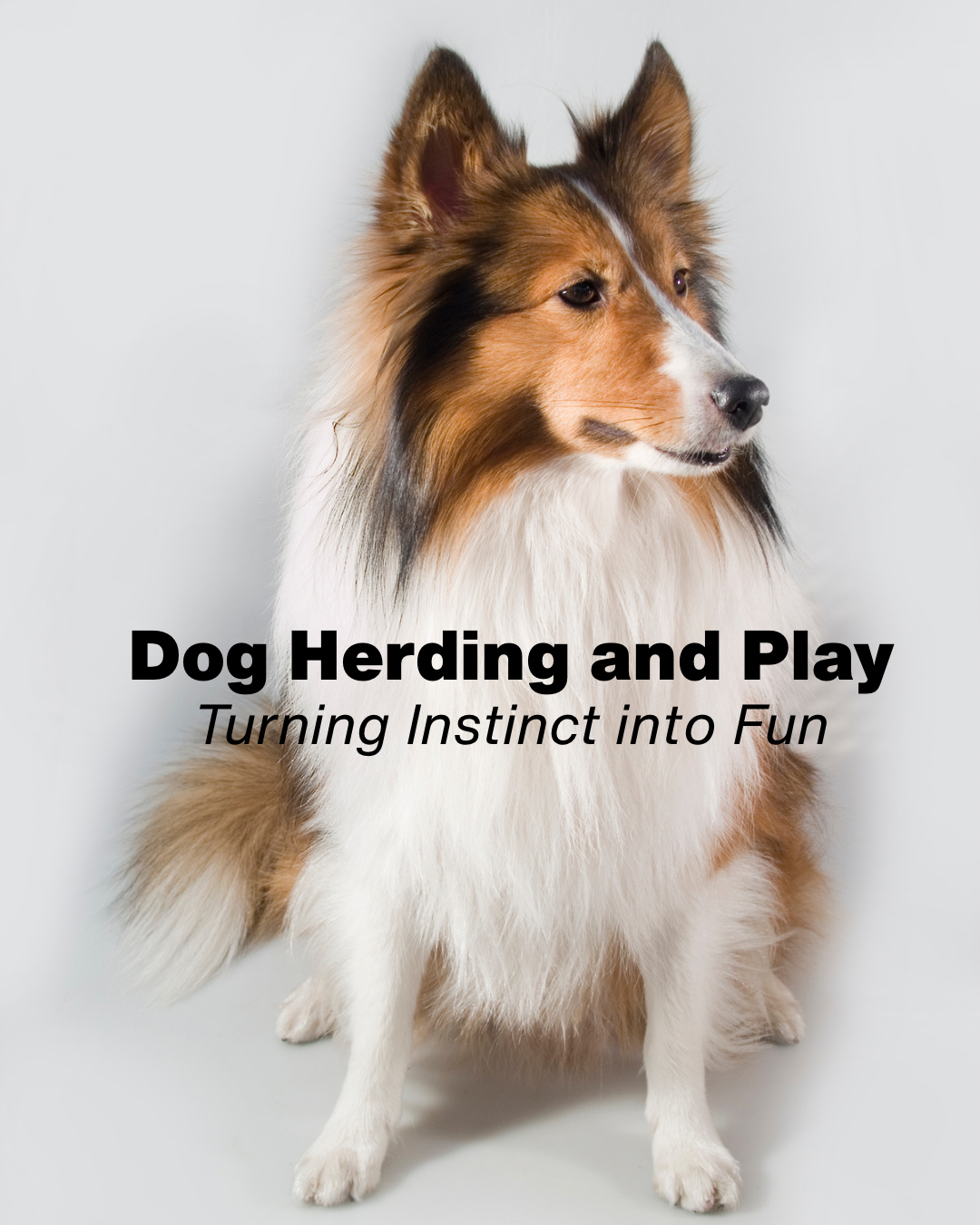Many dogs are born with instincts deeply rooted in their history and breed purpose. Herding dogs—like Border Collies, Australian Shepherds, Shetland Sheepdogs, and Corgis—are famous for their natural ability to control movement, whether it’s livestock or, sometimes, the family kids! While herding is a serious job, those same instincts can be harnessed in playful and enriching ways at home.

Why Do Herding Dogs Herd?
Herding breeds were developed to help humans manage livestock. Over generations, these dogs were bred for intelligence, quick reflexes, and an intense focus on movement. Instead of hunting and killing prey, herding dogs "control" it by circling, nipping, barking, or staring (called “the eye”).
Even if your herding dog has never seen a sheep in their life, the instinct remains strong. Without proper outlets, this energy can show up as chasing cars, rounding up kids, or herding other pets. That’s why structured play is so important.
Play as a Herding Outlet
Playtime isn’t just about burning energy—it’s a chance to provide a safe and positive way for your dog to use their instincts. Here are a few great ways to let your herder play with purpose:
1. Herding Balls
Specialty “herding balls” (sometimes called Treibball balls) are large, durable balls your dog can push and guide, similar to how they would move sheep. This game gives them a chance to practice control and problem-solving.
Check out our sheep lookalike herding ball!
2. Fetch with a Twist
A simple game of fetch taps into chasing instincts, but you can make it more mentally stimulating. Try tossing the ball in different directions or hiding it in tall grass to mimic the unpredictability of real herding work.
3. Agility Training
Agility courses are a fantastic crossover for herding dogs. Weaving poles, tunnels, and jumps let them use their quick reflexes and sharp minds in a structured, playful environment.
Shop our agility sets here.
4. Tug and Control Games
Controlled tug-of-war games can mimic the push-and-pull of working with livestock. Always keep rules in place—your dog should release on command—to make it fun without encouraging over-excitement.
5. Scent Games and Hide-and-Seek
While not directly herding-related, scent games or hide-and-seek with family members give your dog a way to “find and gather,” satisfying their instinct to locate and manage movement.
Balancing Play and Instinct
It’s important to remember that herding dogs thrive on both physical and mental stimulation. A daily walk may not be enough for them—they crave challenges. Structured play, training games, and even puzzle toys can help prevent frustration and unwanted behaviors like nipping heels or excessive barking.
Final Thoughts
Dog herding and play go hand in hand. By providing outlets that respect your dog’s natural instincts, you not only enrich their life but also strengthen your bond. Whether it’s pushing a giant ball across the yard, racing through an agility tunnel, or simply playing an energetic game of fetch, these activities give your herding dog the sense of purpose they were bred for—all while keeping things fun.


